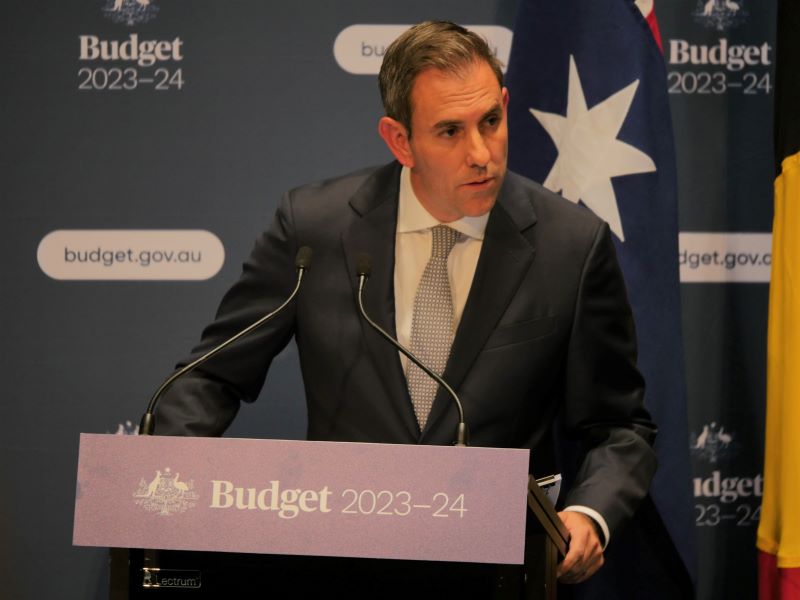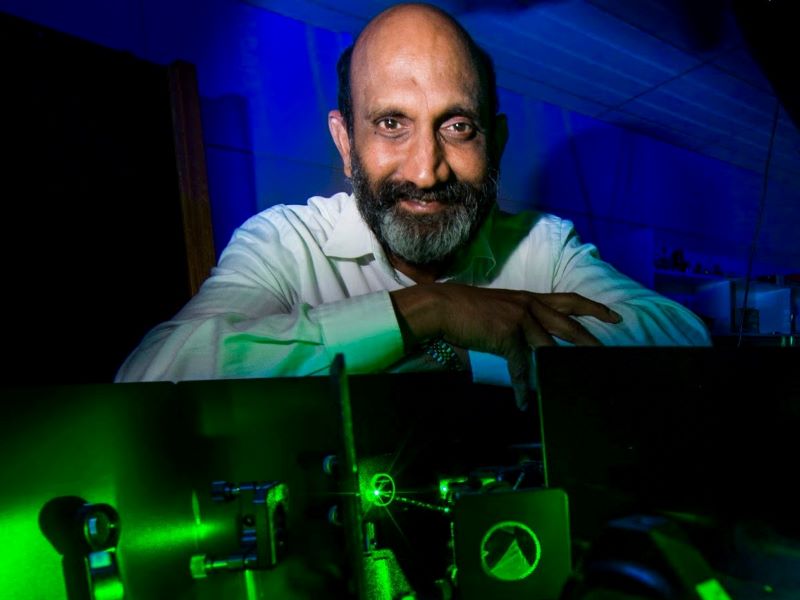Treasurer Jim Chalmers’ second Budget disappointed research and science groups, which had been calling for a significant increase in investment after a decade of decline had created a “crisis” point for research funding.
Many of the groups acknowledged the Albanese government’s second Budget as foundation laying for Australia’s future economy, and noted multiple reviews of universities, science priorities and technology areas are yet to deliver roadmaps for bolder reforms.
But others lamented a missed opportunity to start seriously turning around record low research and development investments.

Data released ahead of Tuesday’s budget revealed Commonwealth spending on research and development as a proportion of GDP is expected to be the lowest on record this financial year – equivalent to a near half-billion dollar drop over the decade.
Ahead of last year’s election, the Albanese government committed to raising overall Australian R&D investment “closer to three per cent of GDP” from 1.79 per cent, the latest reported level which is behind the OECD and far behind global leaders.
While there is plenty of room for the private sector to up its R&D spend after a decade of its own stagnation, research and science groups were holding out hope for a significant increase in government investment in Tuesday’s Budget.
Instead, the Treasurer delivered largely the status quo for government research agencies and funding programs.
According to the Australian Academy of Science, the Budget lacked the initial investment boost needed to turn around the slide.
“Reversing the downward trend of government investment in R&D is not the work of any single Budget,” the Academy’s president Professor Chennupati Jagadishr said.
“It will take a decade or more of commitment and effort from government, industry and the higher education sector. Work must start today.”

Cooperative Research Australia similarly described Tuesday’s budget as a “steady as she goes” one for the science and industry collaboration research sector it represents, as it again missed out on the funding boost to CRC programs it has called for.
The Australian Academy of Technological Sciences and Engineering said the latest budget missed an opportunity to address the current “crisis” in research funding.
“We have abundant critical mineral wealth, we have exceptional leaders in research and innovation, and we have the chance to bring these together through advanced manufacturing to lead the world – but it requires vision, infrastructure and backing,” ATSE chief executive Kylie Walker said.
“In next year’s budget, we hope to see a commitment to lifting research funding to international competitive levels.”
The science groups also called out a cut to the Global Science and Technology Diplomacy Fund as another worry. Both groups receive grants to help deliver the fund.
But new initiatives in the Budget like dedicated quantum funding show promise that the Albanese government is willing to act on expert advice. This raises the chances of more research funding following a landmark Universities Accord, the review of the Australian Research Council and a national robotics strategy, according to Science and Technology Australia (STA).
“It highlights how the government is leveraging its major reviews to inform its strategy, then investing where the expert advice sees the most potential for Australia,” STA president Professor Mark Hutchinson said.
“Over the next year, major reviews will shape the next phase of the strategy for the government to start to dramatically escalate public investment in R&D to generate new breakthroughs, grow our STEM-skilled workforce, and secure Australia’s future economic prosperity.”
Tech industry groups were more welcoming of the budget, which included a new Industry Growth Program worth almost $400 million and a $100 million commitment to helping businesses adopt AI and quantum.
“The creation of the new Industry Growth Program will help spark early-stage commercialisation in strategic industries and grow Australian start-ups,” Tech Council of Australia chief executive Kate Pounder said.
“We welcome the adoption of an end-to-end approach that connects the pipeline of projects from this program to the National Reconstruction Fund.”
Australian Information Industry Association chief Simon Bush also welcomed the technology commitments but noted getting the funding deployed quickly will be important after delays to several of the former government’s programs.
“Even in the constrained fiscal environment, when government will understandably exercise restraint in new expenditure, the AIIA encourages government to continue to invest in Australia’s digital economy and innovation as the engine room of our future prosperity.”
Do you know more? Contact James Riley via Email.

